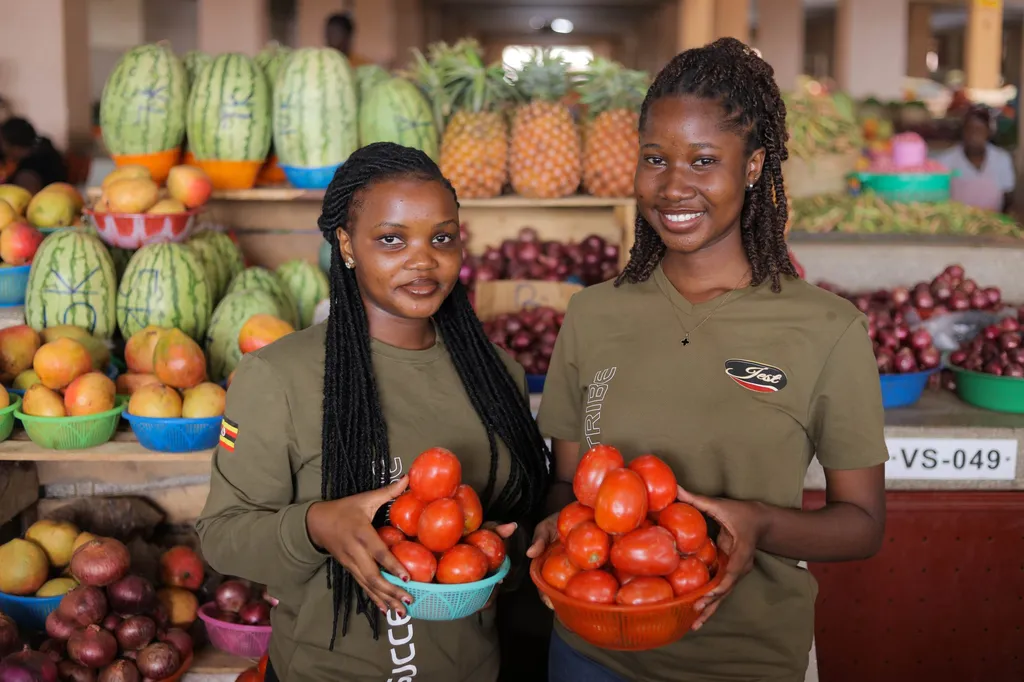In the heart of Uganda’s tomato value chain, a complex dance of risk perception, gender dynamics, and structural barriers is playing out, shaping the future of sustainable pest management. A recent study published in *Frontiers in Sustainable Food Systems* sheds light on these intricate dynamics, offering valuable insights for the agriculture sector.
The study, led by Alex Mayamba of the National Agricultural Research Laboratories (NARL) in Kawanda, Uganda, involved 584 farmers across five regions. It revealed that while farmers broadly perceive chemical pesticides as high-risk, they continue to use them due to market pressures, limited access to low-risk alternatives, and gendered decision-making dynamics. This persistence in using high-risk pesticides, despite awareness of their dangers, underscores the need for a nuanced understanding of farmer behavior.
“Risk awareness alone does not necessarily translate into the adoption of low-risk and sustainable pest management practices,” Mayamba emphasized. This finding is crucial for policymakers and agritech innovators aiming to promote sustainable agriculture practices.
The study also highlighted that biopesticides, perceived as low-risk, remain underutilized, particularly among women and youth. Barriers to their adoption include affordability, limited availability, inadequate advisory services, and insufficient promotion. Addressing these barriers could unlock significant commercial potential for the agriculture sector. By making biopesticides more accessible and affordable, companies can tap into a growing market of environmentally conscious farmers.
Moreover, the research underscores the importance of addressing power asymmetries and structural constraints. For instance, women and youth often face more significant barriers to adopting new technologies and practices. By empowering these marginalized groups, the agriculture sector can enhance its resilience and sustainability.
The findings of this study have far-reaching implications for the future of pest management. As climate change intensifies, the need for sustainable and resilient agrifood systems becomes increasingly urgent. By understanding and addressing the complex interplay of risk perceptions, gender dynamics, and structural barriers, the agriculture sector can make significant strides towards sustainability.
In the words of Mayamba, “Interventions must address both supply-side constraints and power asymmetries to strengthen the resilience and agency of marginalized groups within climate-vulnerable food systems.” This call to action resonates with the growing global movement towards sustainable and inclusive agriculture. As the sector continues to evolve, the insights from this study will undoubtedly shape future developments, driving innovation and promoting sustainability.

